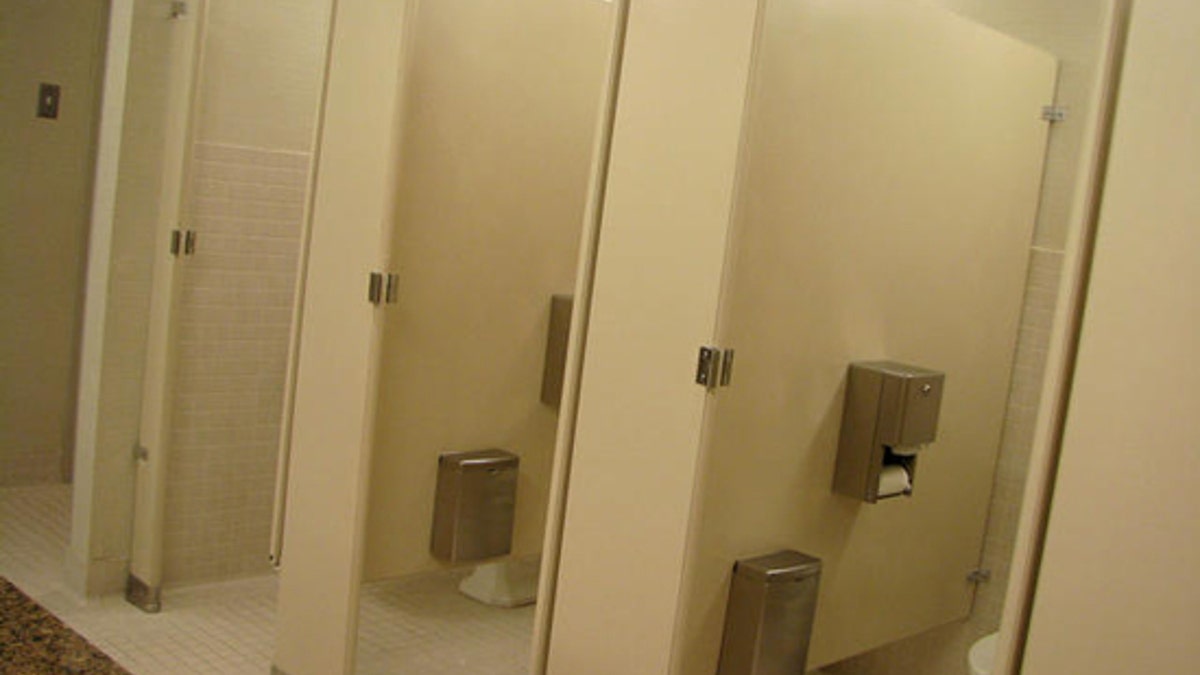
(AP)
Capitol Hill has taken one small step for women's equality by reducing the number of steps congresswomen have to take to get to a restroom in the U.S. House.
Though there are far fewer women in the congressional chamber than men, their football field-length walk across a public hall inspired a four-year effort to bring ladies rooms closer to the House floor.
That effort achieved its goal last week when a new bathroom for female lawmakers opened, after Speaker John Boehner told the Architect of the Capitol to make it happen.
In achieving potty parity, the architect converted the Office of the Parliamentarian's space into a women's restroom. The parliamentarian moved across the hall into the Speaker's Ceremonial Office.
"House Speaker John A. Boehner is to be congratulated for directing the Architect of the Capitol to follow through on one of the options to create an easily accessible restroom for female members but the process started long before he became speaker," said John Banzhaf, a professor at George Washington University Law School and self-described "father of potty parity."
Banzhaf filed the first federal complaint when he began working on the issue in the 1990s, arguing that the lack of women's restrooms amounted to illegal gender discrimination and violated the constitutional right of Equal Protection.
The "Potty Parity Act," legislation first introduced last year in the House Oversight and Government Reform Committee, seeks to address the unequal number of restroom facilities for women in federal buildings by requiring at least a one-to-one ratio for toilets, including urinals, in women's and men's restrooms.
But similar to a long line at the ladies room, the legislation never moved despite warnings from supporters that women forced to wait in long restroom lines are at risk of health issues, including abdominal pain, cystitis and other urinary tract infections.




